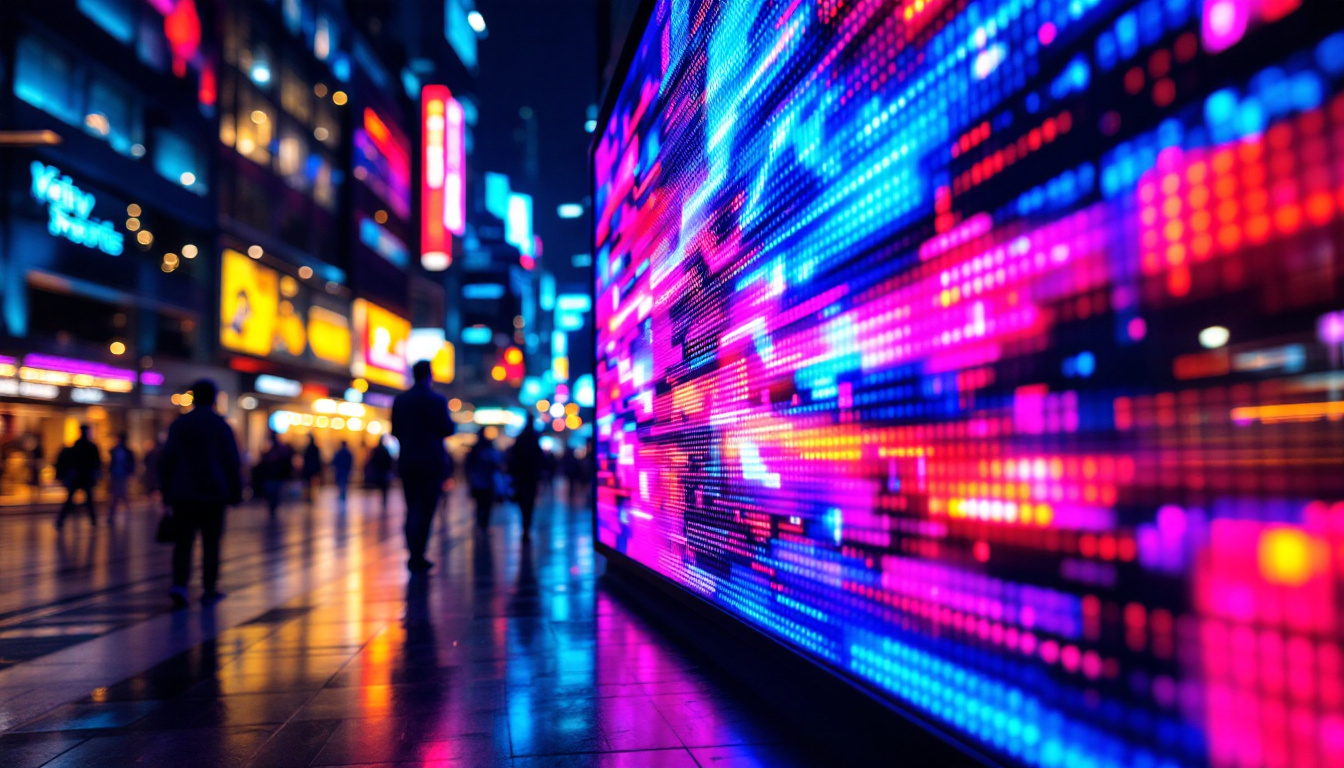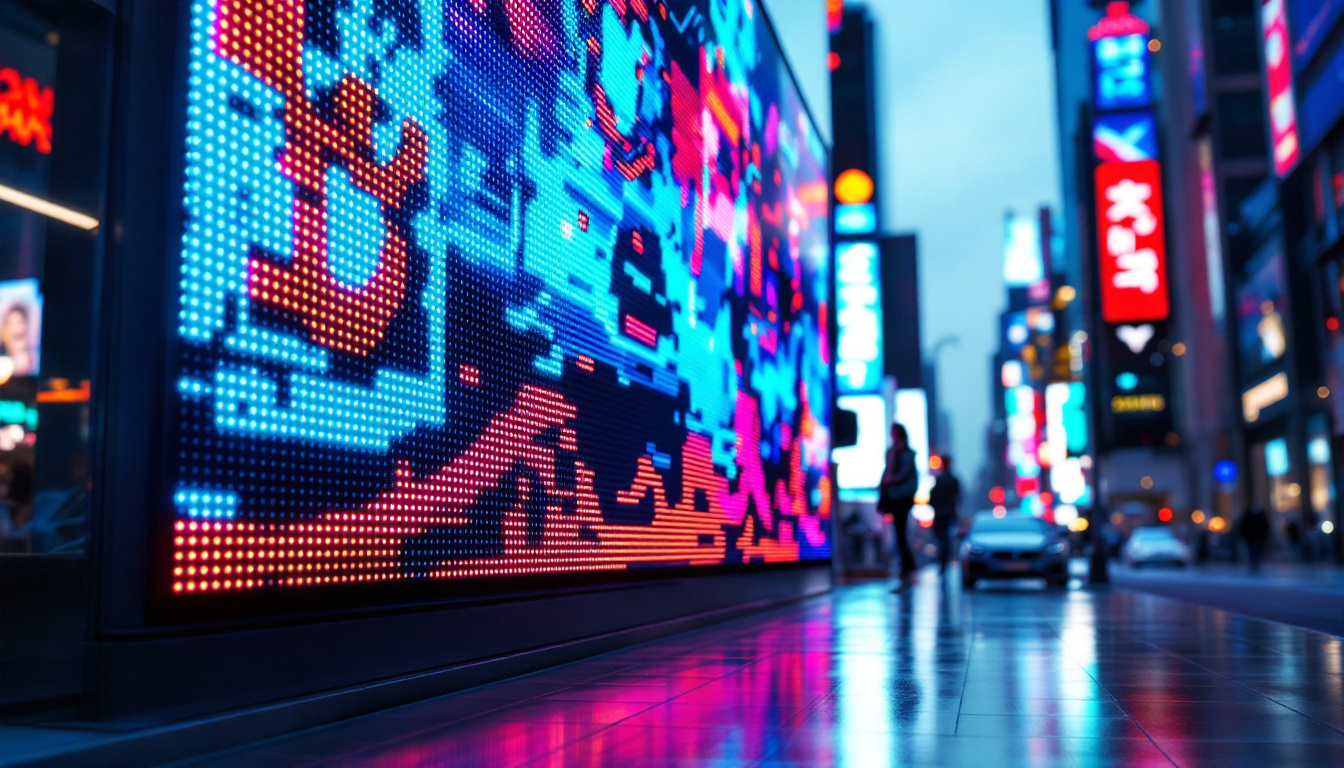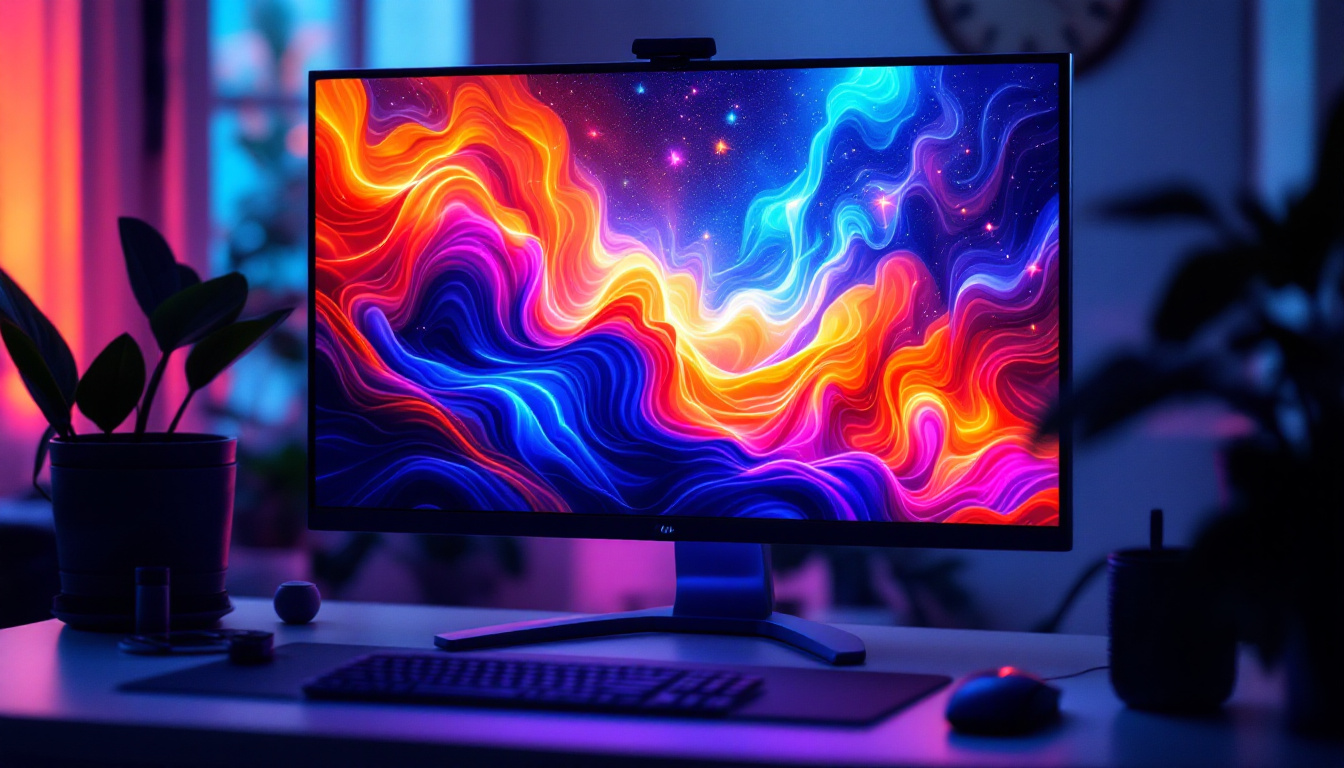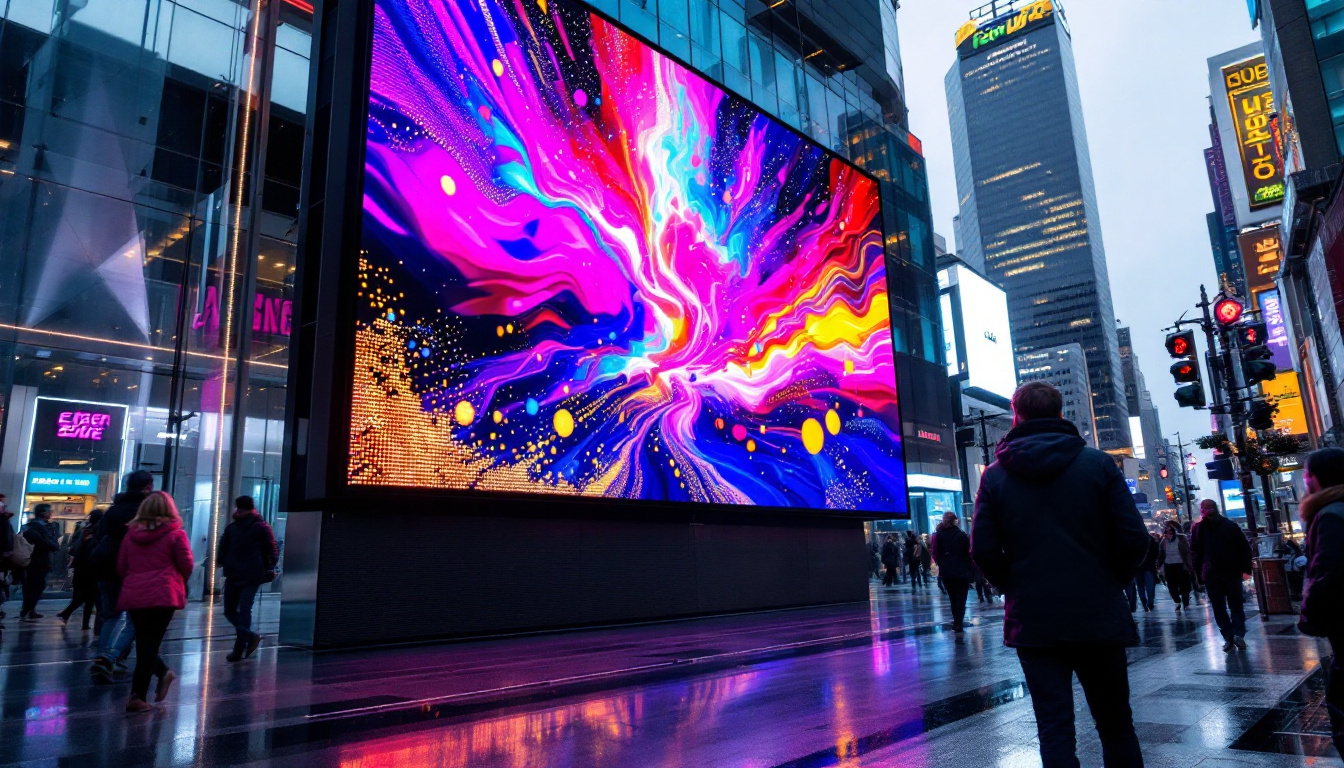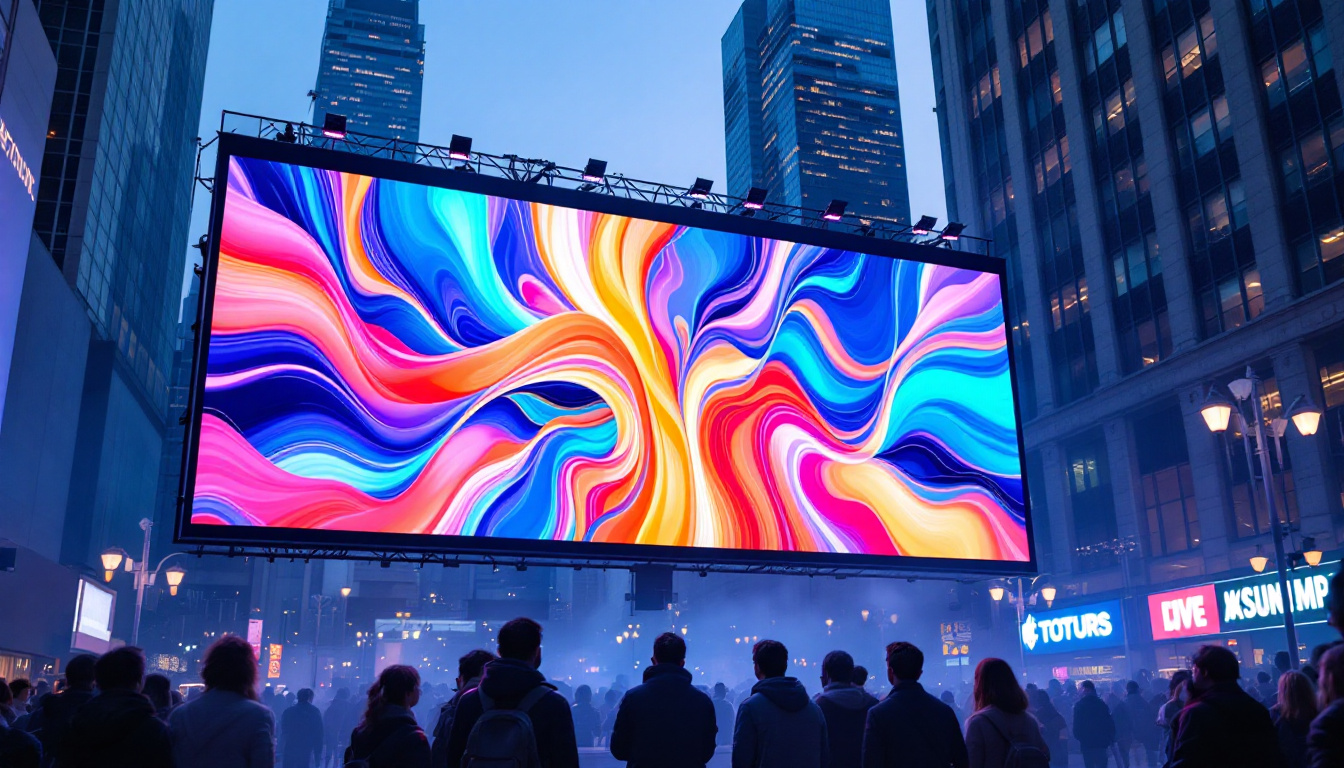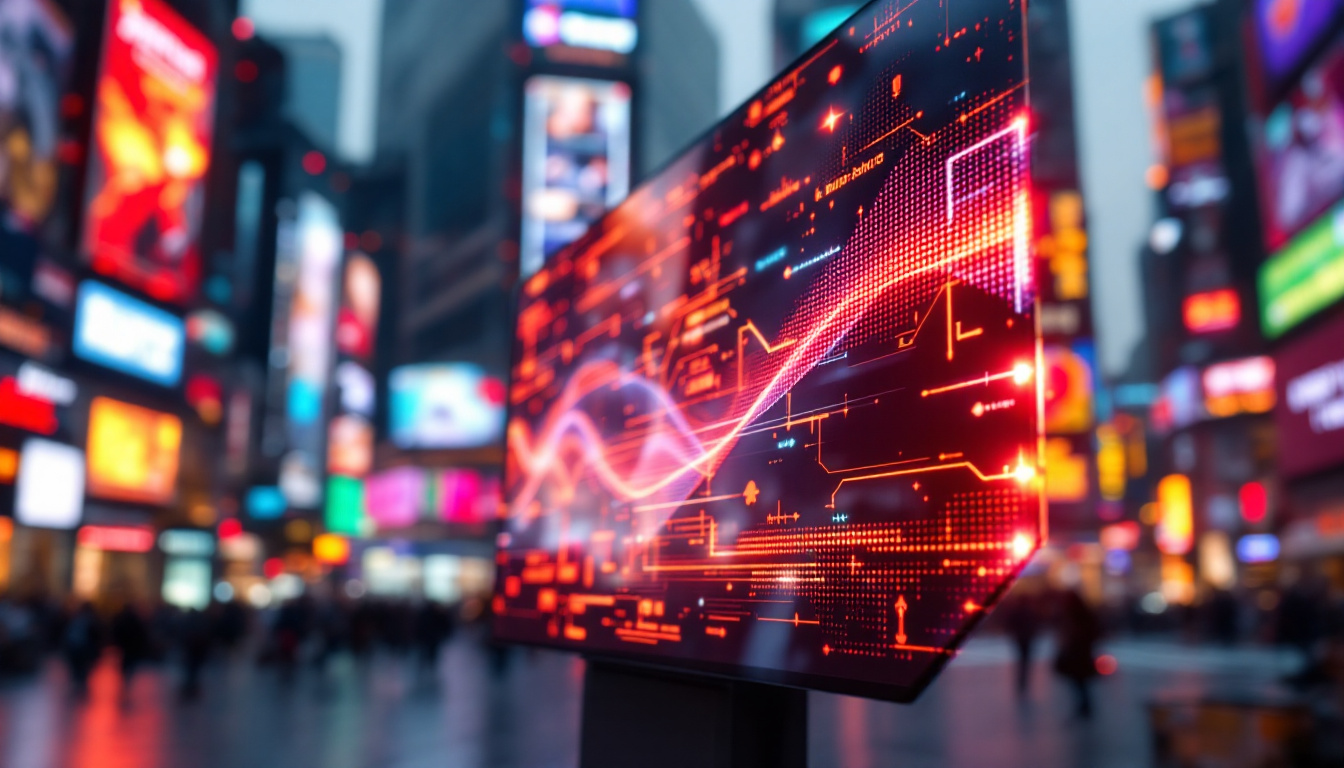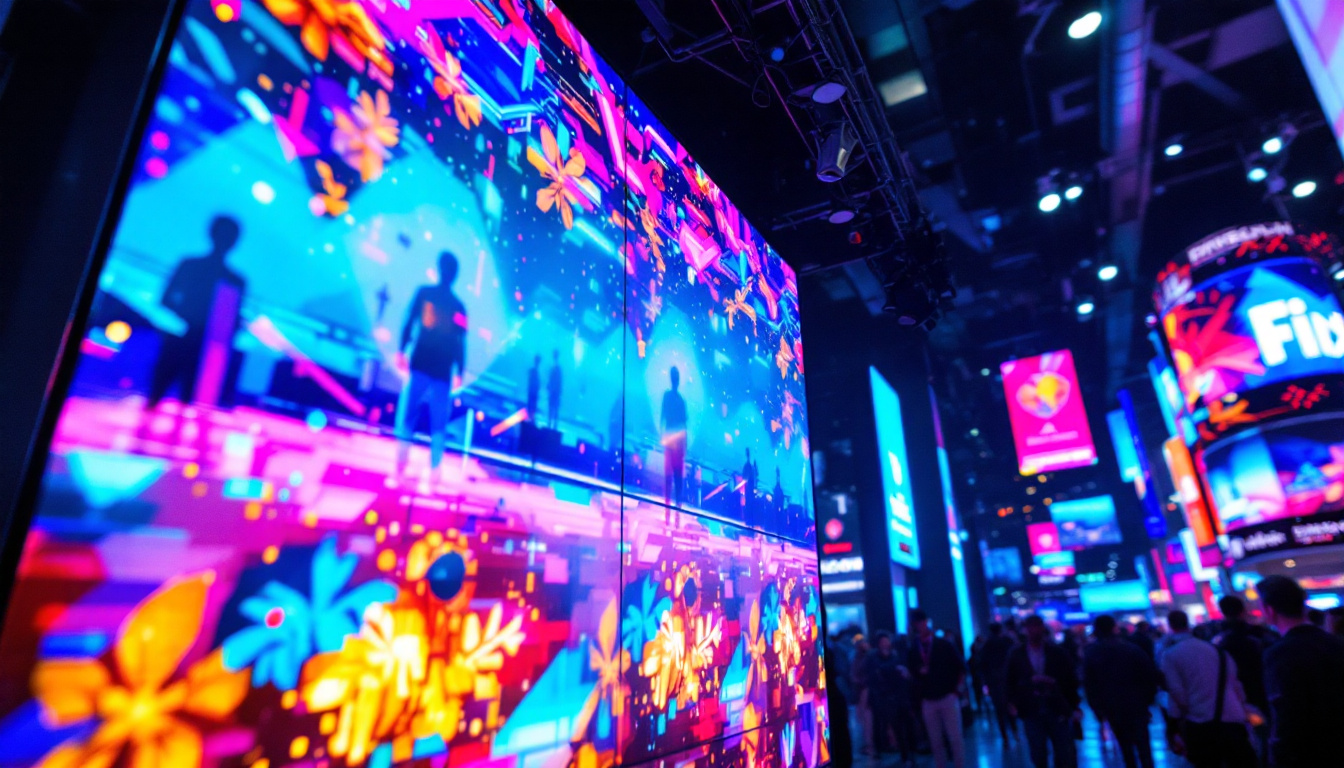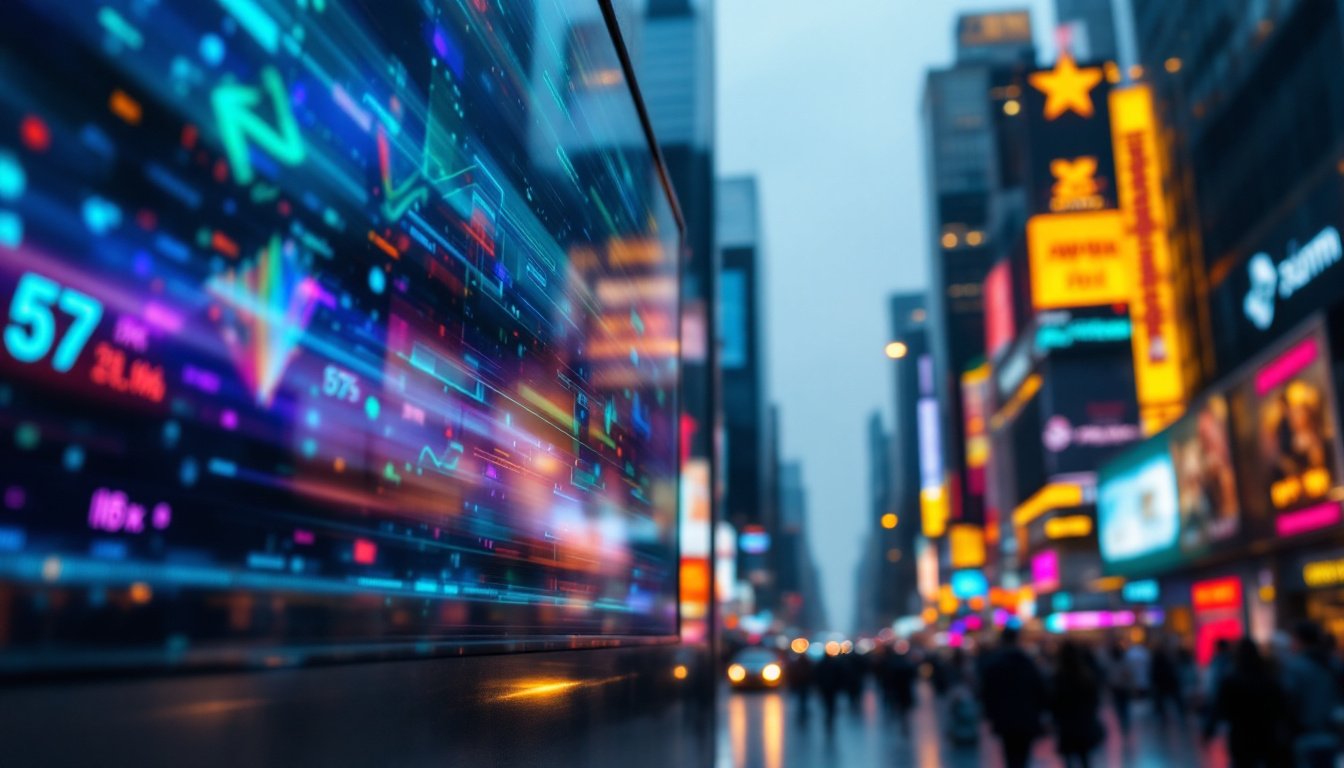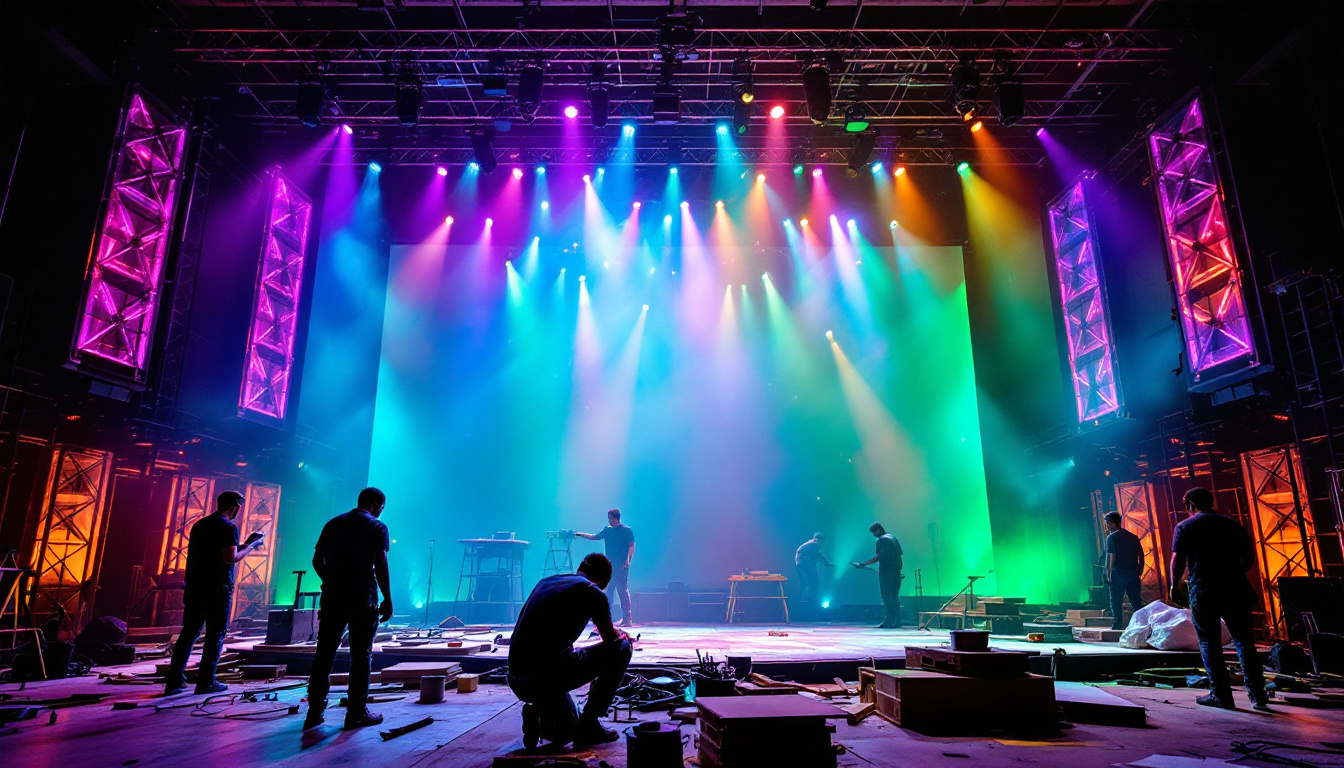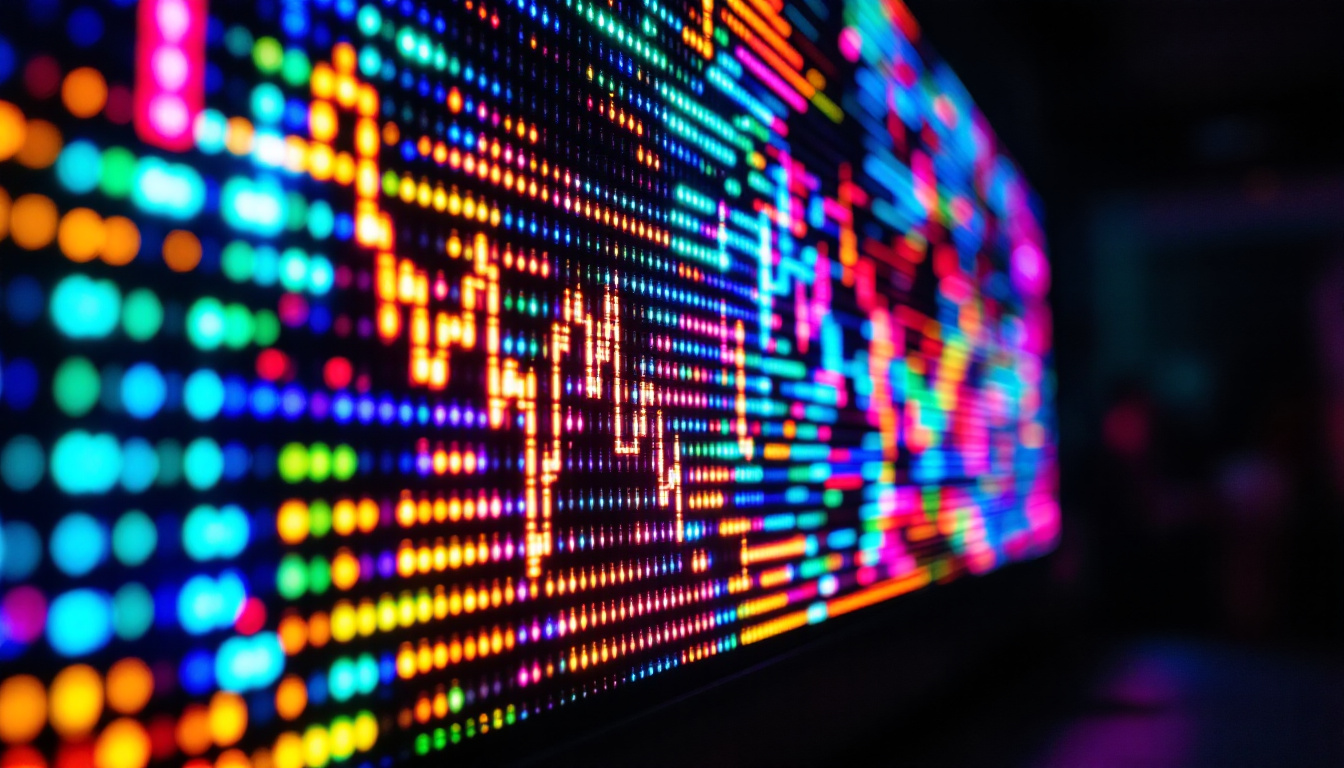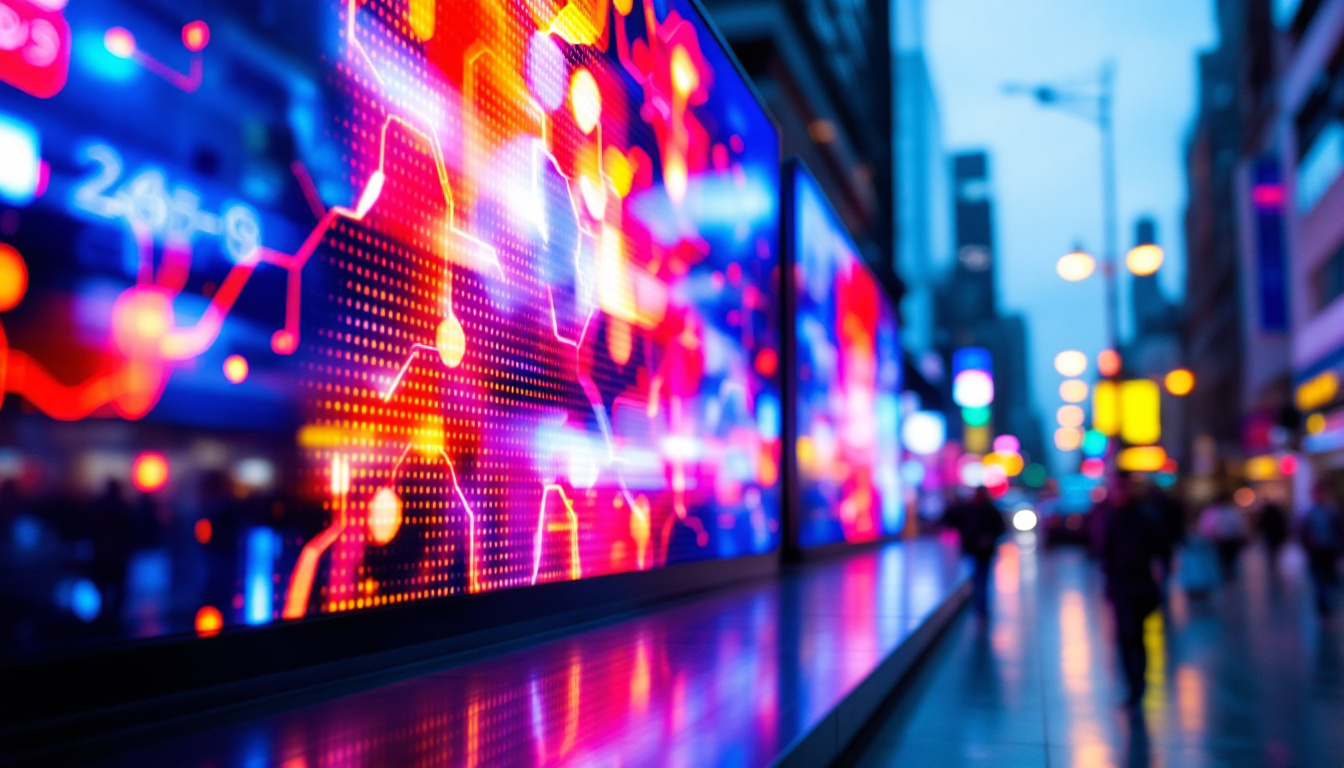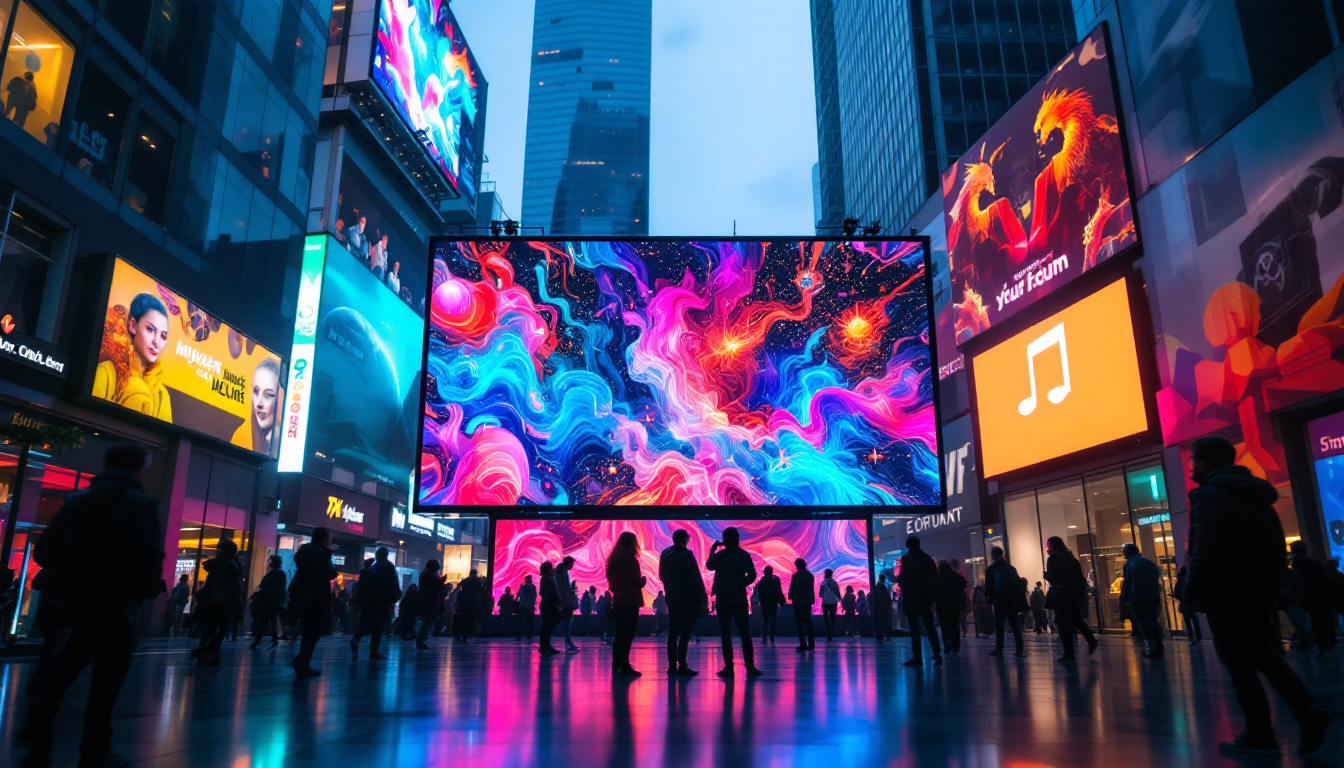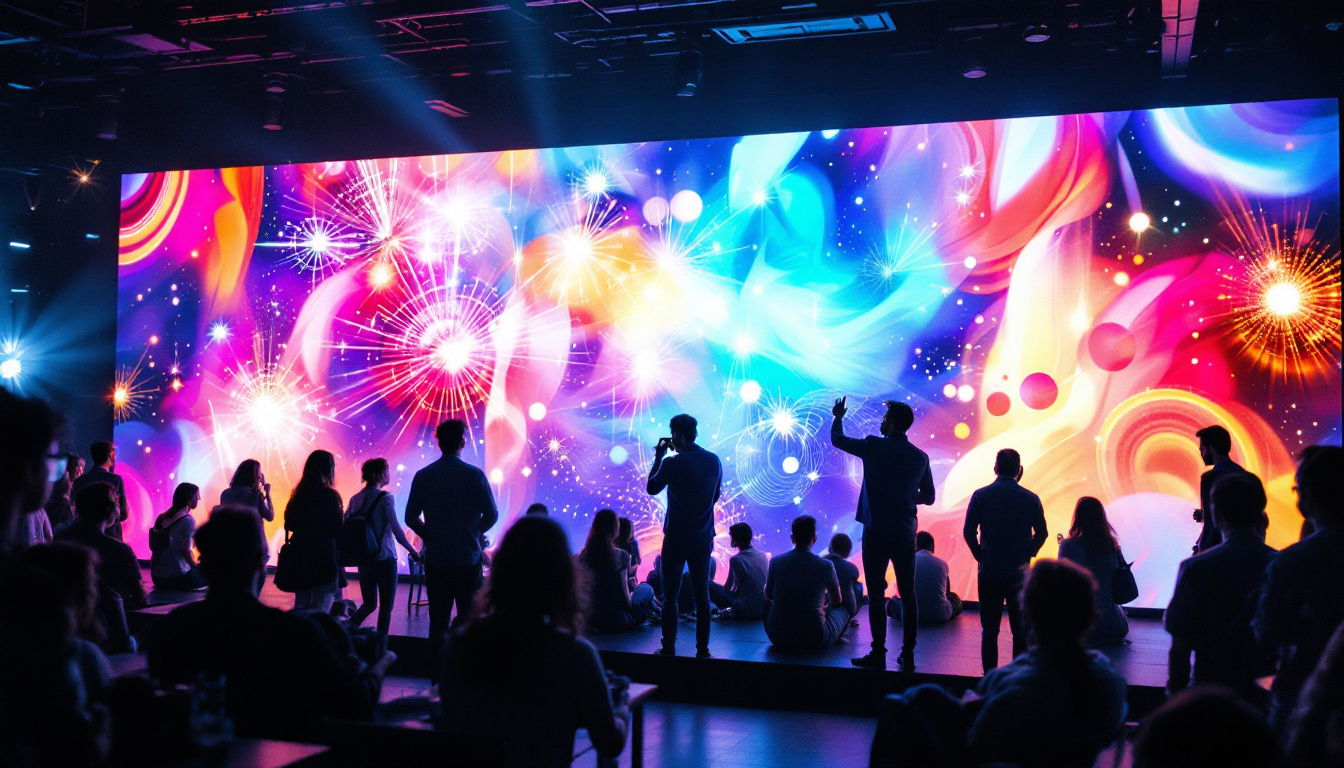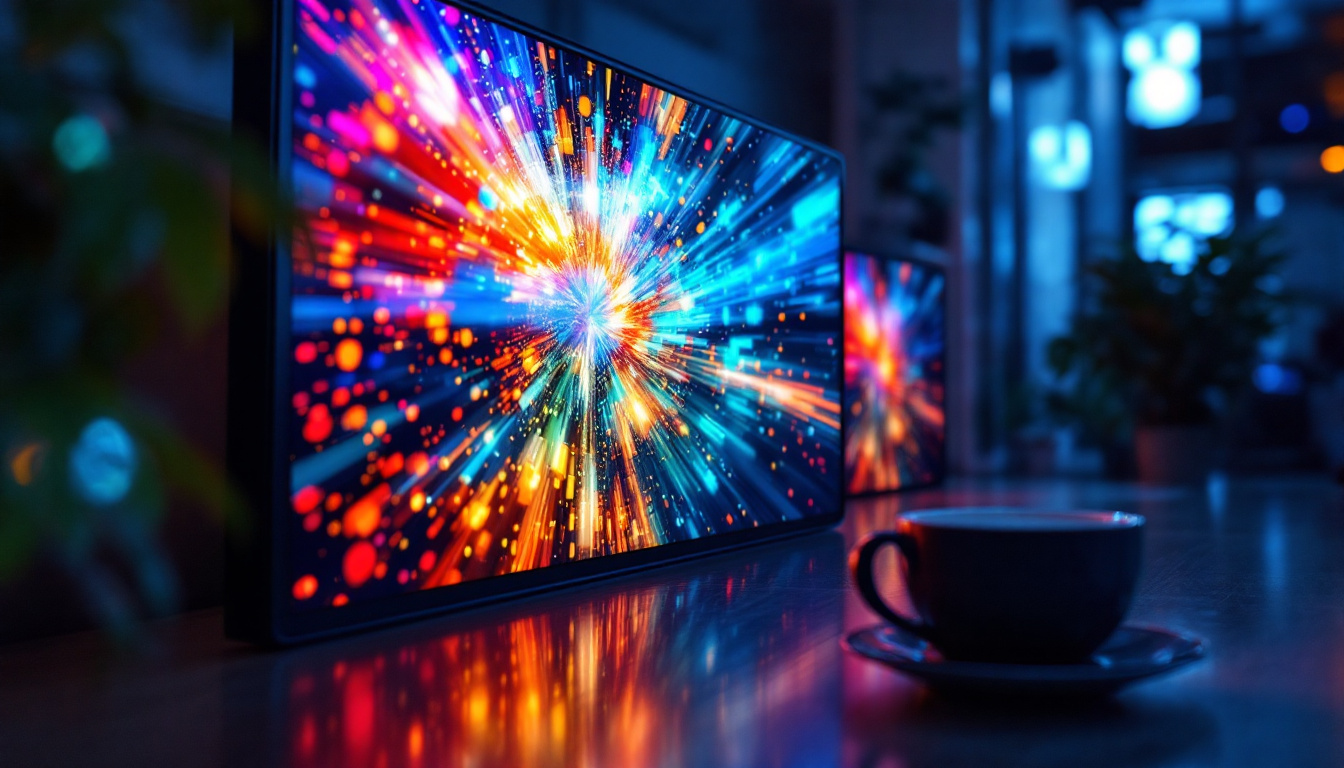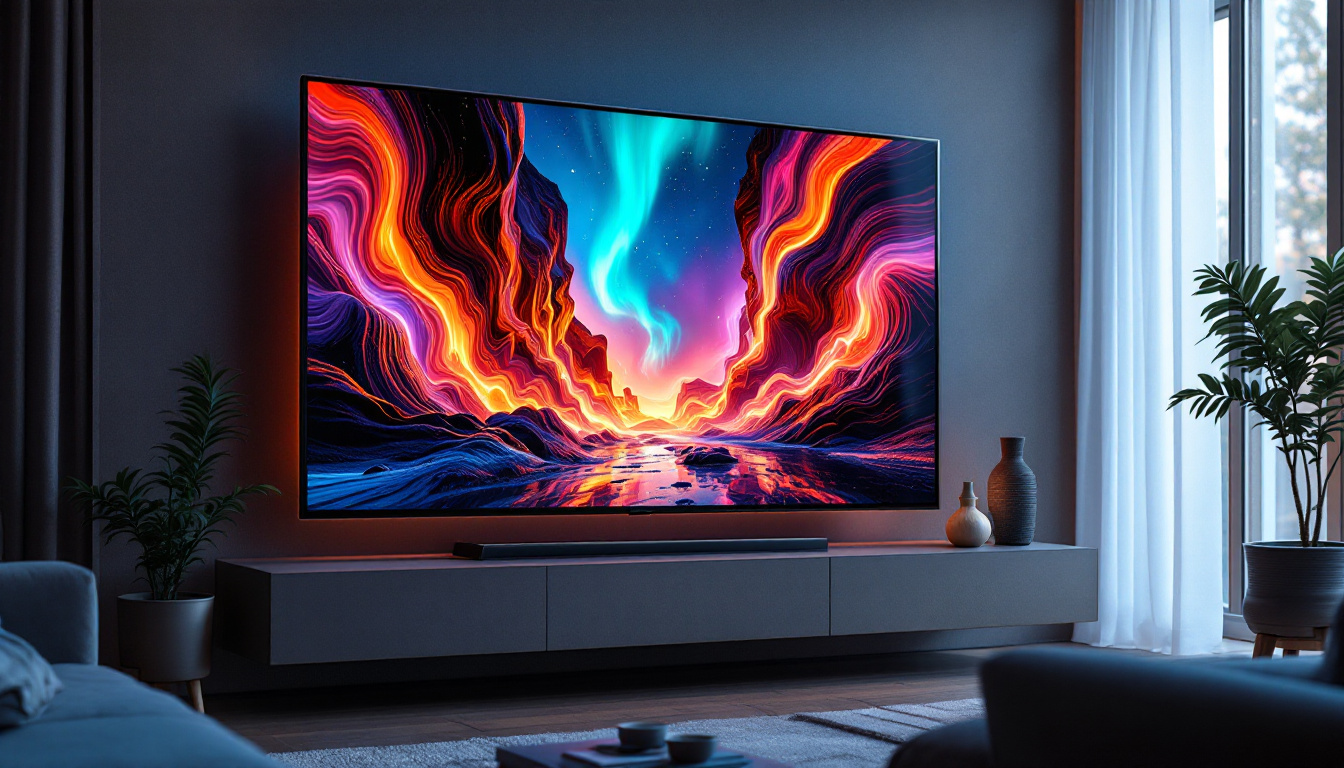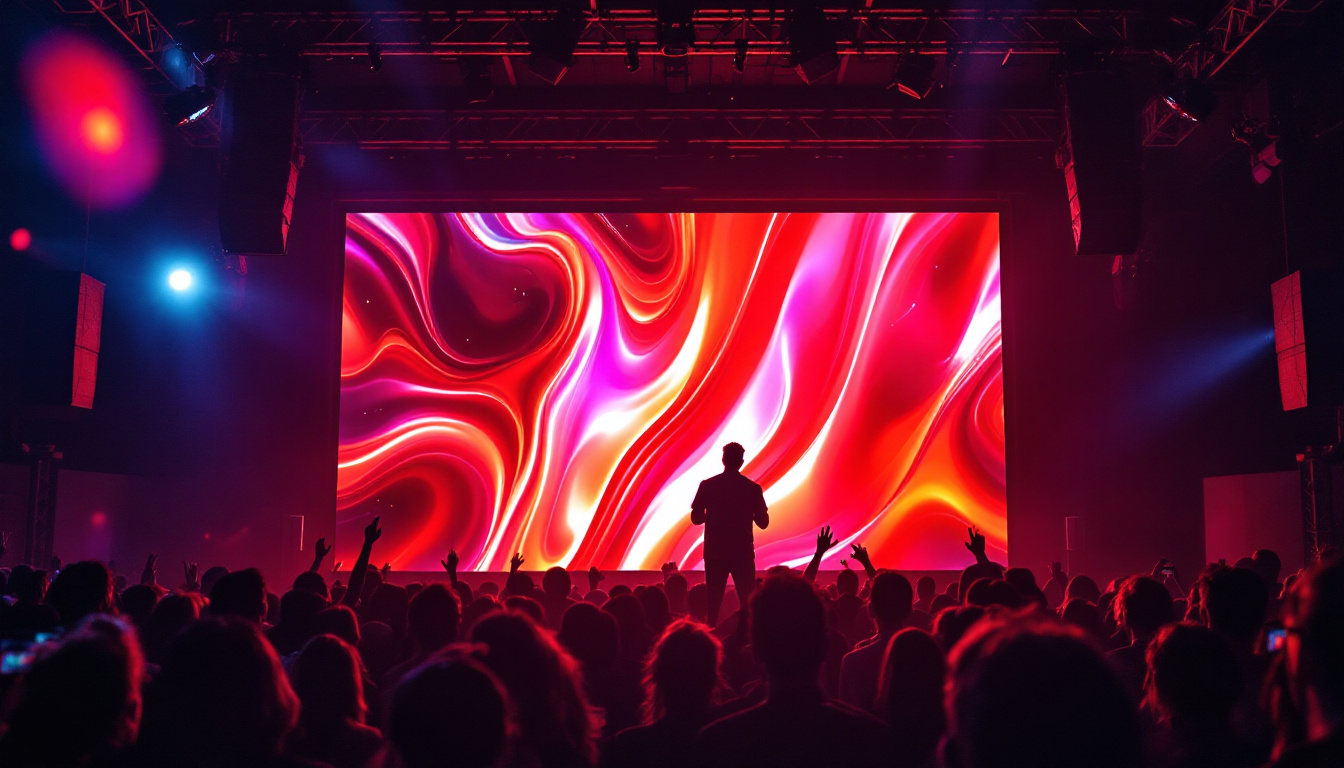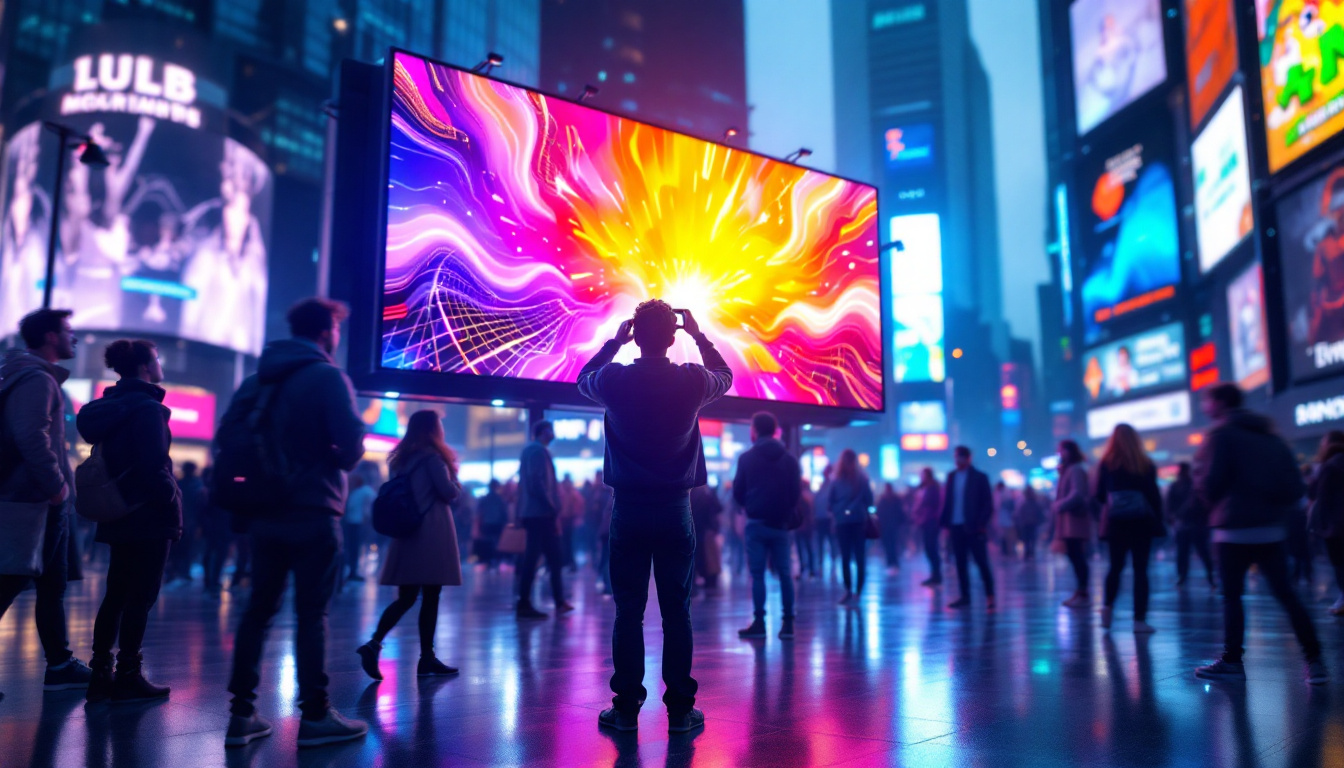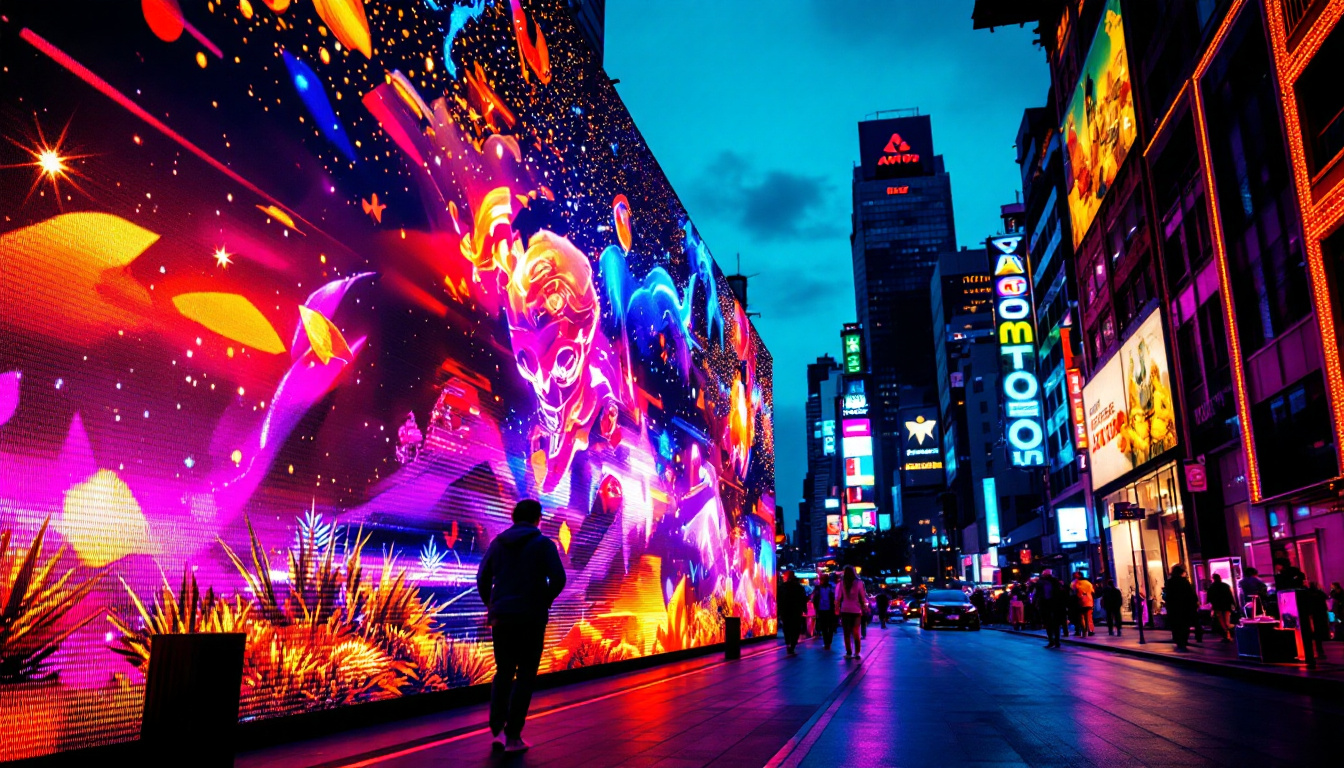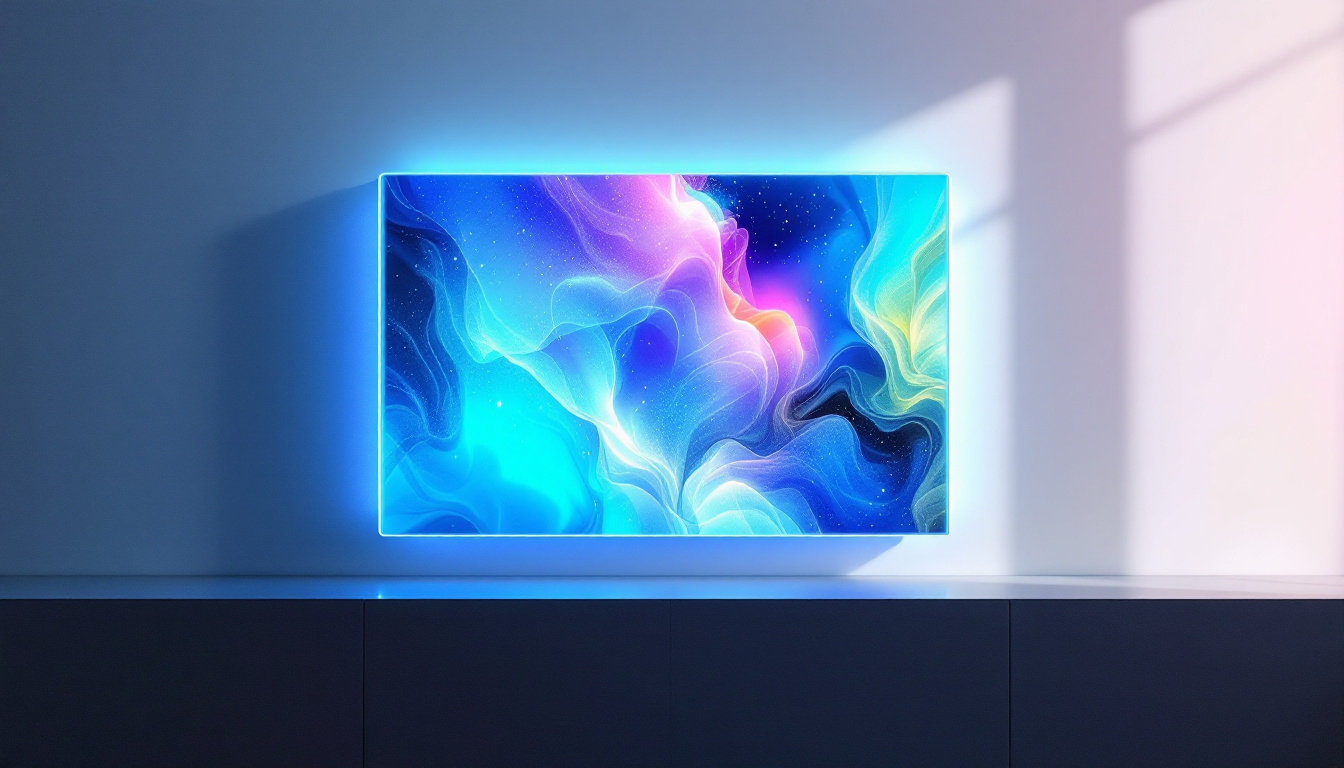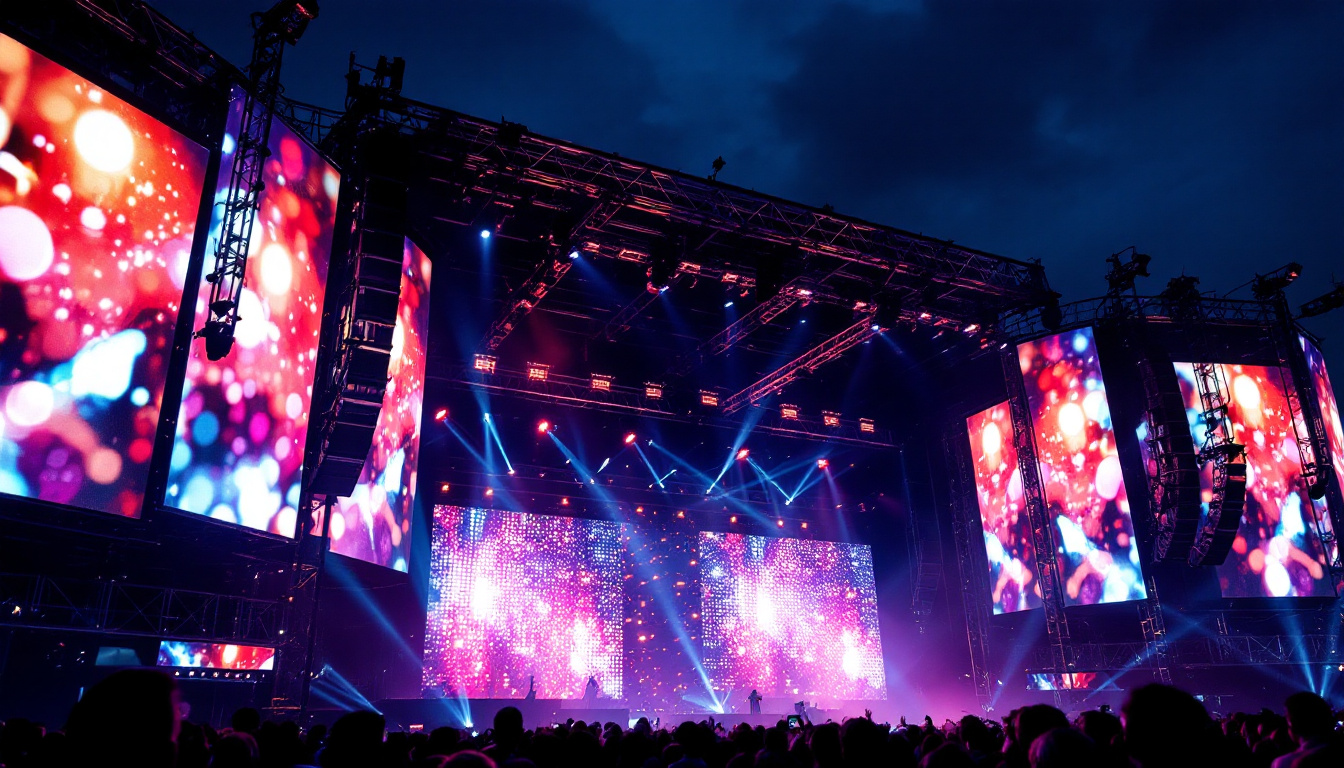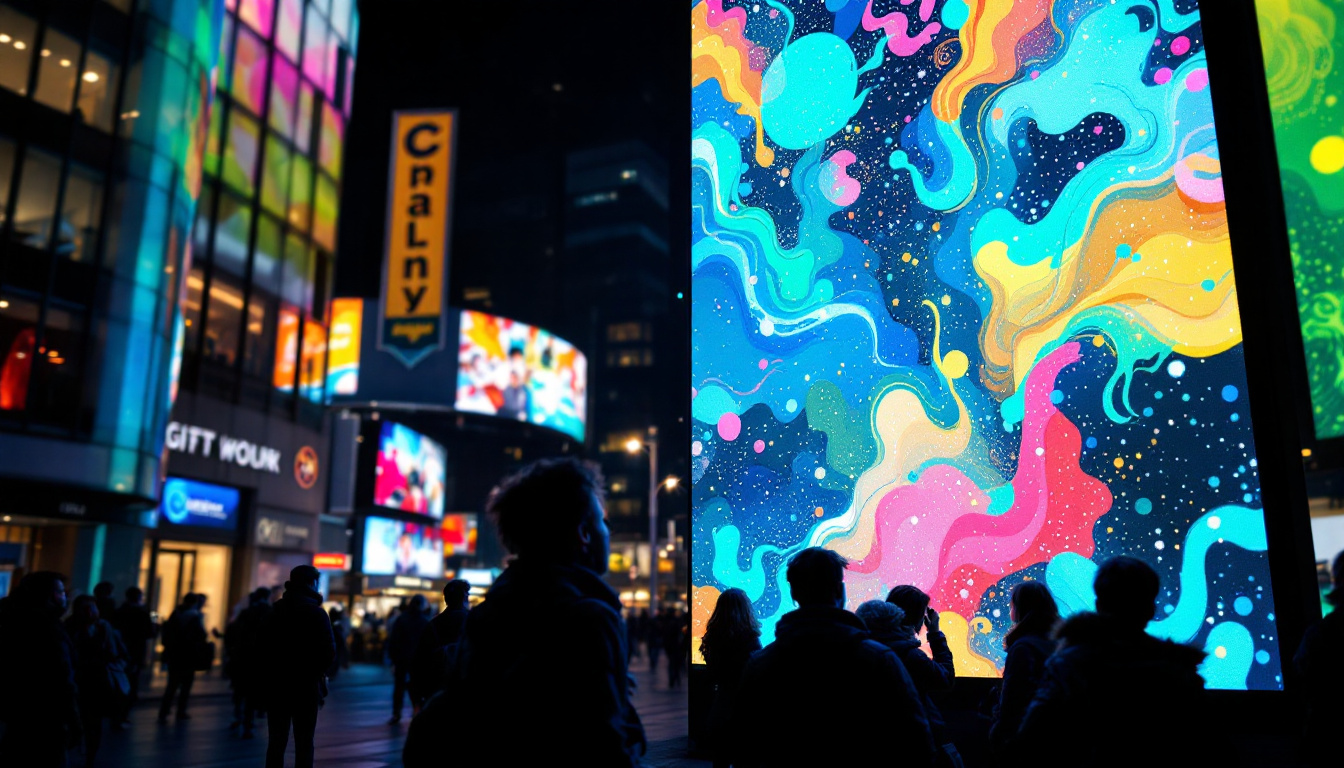In the ever-evolving world of display technology, LED displays have emerged as a frontrunner, transforming how we interact with visual media. From large outdoor billboards to sleek indoor screens, LED displays are ubiquitous in modern society. This article delves into the intricacies of LED displays, their types, applications, and the technology behind them.
Understanding LED Technology
Light Emitting Diodes (LEDs) are semiconductor devices that emit light when an electric current passes through them. This fundamental principle is the cornerstone of LED display technology. Unlike traditional incandescent bulbs, LEDs are more energy-efficient, have a longer lifespan, and offer greater flexibility in design. Their compact size allows for innovative applications, from intricate lighting designs in architecture to practical uses in automotive lighting, showcasing their versatility across various industries.
The Basics of LED Functionality
At the core of LED functionality lies the p-n junction, where the positive (p) and negative (n) materials meet. When voltage is applied, electrons move across the junction, releasing energy in the form of photons. This process is known as electroluminescence, and it is what enables LEDs to produce light. The efficiency of this process is what makes LEDs so appealing; they convert a higher percentage of electrical energy into visible light compared to traditional lighting technologies, significantly reducing energy consumption.
LEDs can emit various colors depending on the materials used in their construction. By combining different colors of LEDs, manufacturers can create a full spectrum of colors, allowing for vibrant and dynamic displays. This capability has led to the development of RGB (Red, Green, Blue) LED systems, which can produce millions of colors by adjusting the intensity of each individual LED, enabling stunning visual effects in everything from stage lighting to home decor.
Types of LED Displays
LED displays come in various forms, each tailored for specific applications. The most common types include:
- Direct View LED Displays: These displays consist of individual LEDs arranged in a grid. They are often used for large outdoor screens and digital billboards, where their brightness and visibility in direct sunlight are crucial.
- LED Backlit Displays: Common in televisions and computer monitors, these displays use LEDs to illuminate an LCD panel from behind, enhancing brightness and color accuracy. This technology allows for thinner screens and improved energy efficiency, making it a popular choice for modern devices.
- Organic LED (OLED) Displays: A newer technology that utilizes organic compounds to emit light, OLED displays offer superior contrast and color depth, making them ideal for high-end televisions and smartphones. Their ability to produce true blacks and vibrant colors has revolutionized the viewing experience, leading to their growing adoption in consumer electronics.
In addition to these common types, there are also specialized LED displays designed for niche applications. For instance, transparent LED displays are gaining popularity in retail environments, allowing businesses to showcase products while maintaining visibility through the screen. Furthermore, flexible LED displays are being developed for innovative uses, such as wearable technology and curved screens, pushing the boundaries of traditional display design and functionality.
Advantages of LED Displays
LED displays offer numerous advantages over traditional display technologies, making them a popular choice across various industries.
Energy Efficiency
One of the most significant benefits of LED displays is their energy efficiency. Compared to traditional incandescent or fluorescent displays, LEDs consume significantly less power. This efficiency not only reduces electricity costs but also minimizes environmental impact, making LED technology a more sustainable choice. Furthermore, the lower energy consumption of LED displays contributes to a reduced carbon footprint, aligning with global efforts to combat climate change. In commercial settings, this can lead to substantial savings over time, allowing businesses to allocate resources to other critical areas.
Longevity and Durability
LEDs have a remarkably long lifespan, often exceeding 50,000 hours of use. This longevity translates to reduced maintenance costs and less frequent replacements. Additionally, LED displays are more resistant to shock and vibration, making them suitable for both indoor and outdoor applications. The robust nature of LED technology means that they can withstand harsh weather conditions, which is particularly advantageous for outdoor advertising and signage. Moreover, the materials used in LED displays are less prone to breakage compared to traditional glass screens, further enhancing their durability in high-traffic environments.
Vibrant Color and Brightness
Another compelling advantage of LED displays is their ability to produce vibrant colors and high brightness levels. This characteristic makes them ideal for applications where visibility is crucial, such as in bright sunlight or large venues. The color accuracy and contrast ratios of LED displays surpass those of many conventional technologies, allowing for stunning visuals that can capture attention effectively. Additionally, advancements in LED technology have led to the development of displays that can achieve a wider color gamut, providing a more immersive viewing experience for audiences in entertainment, advertising, and digital signage.
Flexibility in Design
LED displays also offer remarkable flexibility in design and installation. They can be manufactured in various shapes and sizes, allowing for creative applications that can fit unique spaces and requirements. This adaptability means that businesses can create eye-catching installations that stand out in crowded environments, whether it’s a curved screen in a shopping mall or a large video wall in a corporate setting. Furthermore, the modular nature of many LED systems allows for easy scalability, enabling companies to expand their display setups as needed without significant overhauls.
Applications of LED Displays
The versatility of LED displays allows them to be utilized in various sectors, from advertising to entertainment and beyond. Here are some prominent applications:
Advertising and Marketing
LED displays have revolutionized the advertising landscape. Their ability to display dynamic content, such as videos and animations, captures the attention of passersby more effectively than static billboards. Businesses can easily update their messages in real-time, allowing for targeted advertising based on time, location, and audience demographics.
Entertainment Venues
In the entertainment industry, LED displays are integral to concerts, theaters, and sporting events. Large LED screens enhance the audience experience by providing clear visuals, live feeds, and captivating graphics. The flexibility of LED technology also allows for creative stage designs and immersive environments.
Public Information Displays
LED displays are commonly used for public information systems, such as transportation schedules, weather updates, and emergency alerts. Their visibility in various lighting conditions ensures that critical information reaches the public effectively.
Technical Aspects of LED Displays
Understanding the technical components of LED displays is essential for appreciating their functionality and performance.
Pixel Pitch
Pixel pitch refers to the distance between the centers of two adjacent pixels on an LED display. A smaller pixel pitch indicates a higher resolution, resulting in a clearer and more detailed image. This measurement is crucial when determining the appropriate display for specific applications, such as close-up viewing in indoor environments versus larger outdoor displays viewed from a distance.
Brightness and Contrast
Brightness is a critical factor in LED displays, particularly for outdoor applications. Measured in nits, the brightness level determines how well the display performs in various lighting conditions. High brightness levels are essential for visibility in direct sunlight. Contrast ratio, on the other hand, measures the difference between the brightest and darkest parts of the image, influencing overall image quality.
Future Trends in LED Display Technology
The LED display industry is continually evolving, driven by technological advancements and changing consumer demands. Several trends are shaping the future of LED displays:
MicroLED Technology
MicroLED is an emerging technology that utilizes tiny individual LEDs to create displays. This innovation promises even higher resolution, improved color accuracy, and greater energy efficiency. MicroLED displays are poised to compete with OLED technology, offering similar benefits without the drawbacks associated with organic materials.
Flexible and Transparent Displays
As demand for innovative designs grows, manufacturers are developing flexible and transparent LED displays. These displays can be integrated into various surfaces, such as windows and walls, creating new opportunities for advertising and information dissemination. The ability to bend and shape displays opens up creative possibilities for architects and designers.
Challenges in LED Display Technology
Despite their many advantages, LED displays face certain challenges that manufacturers and users must navigate.
Cost Considerations
While the prices of LED technology have decreased over the years, high-quality LED displays can still be expensive, particularly for large-scale installations. Budget constraints may limit access for smaller businesses or organizations, making it essential to weigh the long-term benefits against initial costs.
Heat Management
LEDs generate heat during operation, and effective heat management is crucial to maintaining performance and longevity. Poor heat dissipation can lead to reduced brightness, color degradation, and even premature failure. Manufacturers must implement design solutions to ensure optimal thermal management in their displays.
Conclusion
LED displays have transformed the landscape of visual communication, offering unparalleled versatility, efficiency, and performance. As technology continues to advance, the potential applications for LED displays are limitless. From advertising to entertainment and beyond, LED technology is set to play a pivotal role in shaping the future of how we consume and interact with visual content.
As industries embrace this technology, understanding the intricacies of LED displays becomes increasingly important. By recognizing their advantages, applications, and the challenges they face, businesses and consumers alike can make informed decisions about integrating LED displays into their environments.
In summary, the journey of LED display technology is just beginning. With ongoing innovations and a growing emphasis on sustainability, the future looks bright for LED displays and their role in our daily lives.
Discover LumenMatrix LED Display Solutions
Ready to elevate your visual communication with cutting-edge LED technology? Explore LumenMatrix’s comprehensive range of LED display modules, from vibrant Indoor and Outdoor LED Wall Displays to innovative solutions like Vehicle LED Displays and LED Transparent Displays. Embrace the future of digital signage with LumenMatrix and create immersive experiences that captivate your audience. Check out LumenMatrix LED Display Solutions today and transform your brand’s visibility with clarity and impact.


